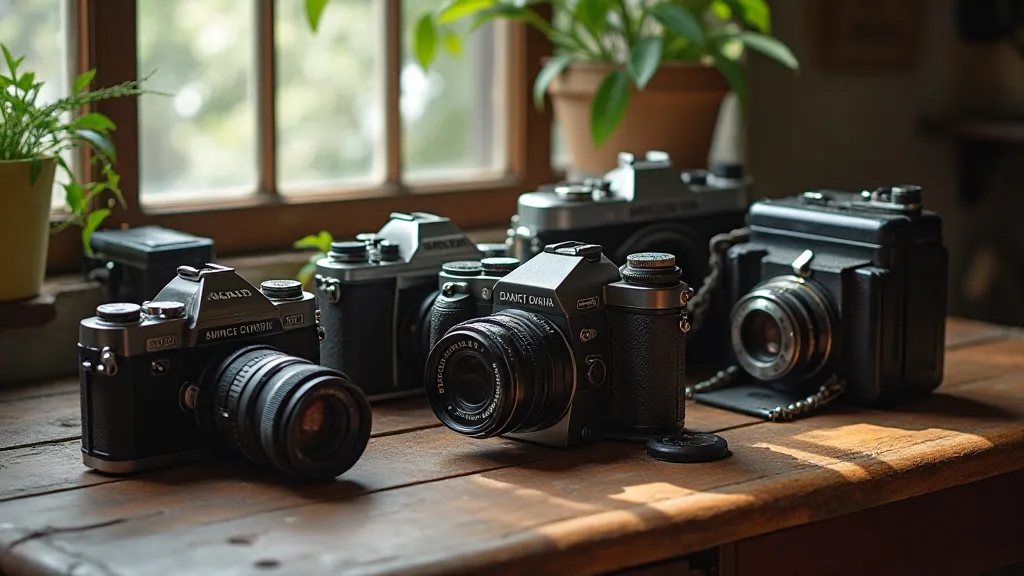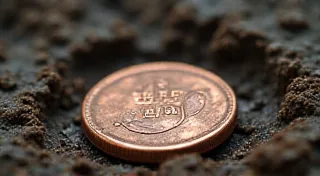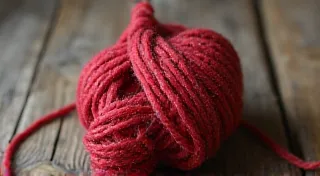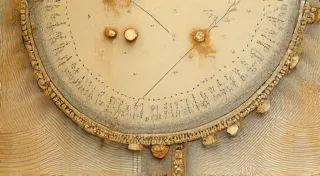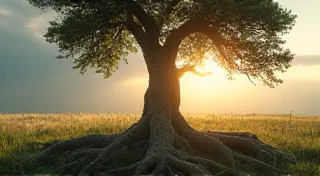The Cartographer of Moments: Framing Narrative with Early Photographic Equipment
There's a profound intimacy in holding an antique camera. It’s not merely a piece of metal and glass; it’s a portal to a vanished era, a tangible echo of hands that once carefully composed a scene, a moment forever frozen in time. Beyond their inherent beauty and craftsmanship, these machines – far removed from the instant gratification of modern digital photography – offer a unique lens through which to understand how early photographers shaped narratives, not just captured them. They were, in essence, cartographers of moments, charting the landscape of memory with carefully considered limitations.
My own fascination began with a Brownie box camera, discovered in a dusty attic, its bellows cracked and its shutter stubbornly silent. It wasn’t about the photography it *could* produce, but the stories it seemed to whisper. The faint scent of aged leather and forgotten chemicals, the patina on the brass fittings, it all spoke of a world vastly different from our own – a world where a single photograph was a deliberate act, a treasured possession, a connection to a history more deeply felt.
The Dawn of Photographic Storytelling
Before the advent of sophisticated lenses and rapid-fire shooting, the technology itself dictated the narrative. Early cameras, like the Daguerreotype and Calotype, demanded stillness, both from the subject and the photographer. The immense exposure times—often several minutes—meant that subjects had to remain utterly motionless, a constraint that naturally led to formal poses and carefully staged scenes. Imagine trying to capture a bustling marketplace with such limitations! The resulting images, while seemingly straightforward portraits or landscapes, were carefully constructed tableaux, representations of a desired perception rather than spontaneous glimpses of reality.
Consider the Calotype process, championed by William Henry Fox Talbot. Unlike the sharply focused, mirror-like image of the Daguerreotype, the Calotype produced a softer, more painterly effect. This artistic quality was embraced by early photographers who used it to create romanticized views of the English countryside, or to portray families in a dignified, almost theatrical manner. The deliberate blurring wasn’t a flaw; it was an aesthetic choice, a way to soften the harshness of reality and create a more evocative image.
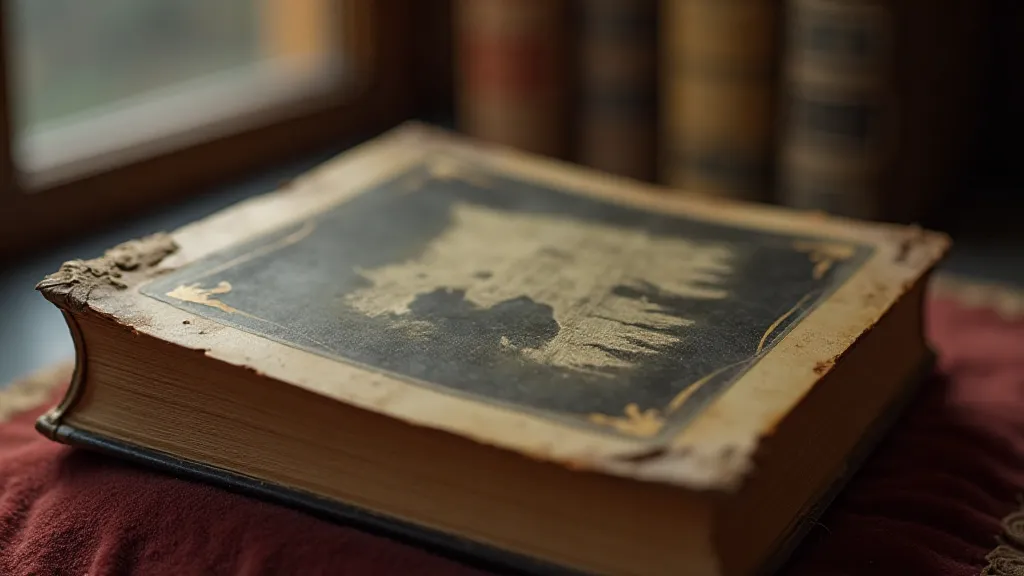
The Rise of the Box Camera and Popular Photography
The introduction of the Kodak Brownie camera in 1900 revolutionized photography, bringing it within reach of the masses. George Eastman's slogan, "You press the button, we do the rest," perfectly encapsulated this shift. Suddenly, anyone could be a photographer, documenting their lives and the world around them. However, even with this newfound accessibility, the limitations still played a role in shaping narratives. The fixed focus of the Brownie, for example, encouraged photographers to compose their shots with a deliberate sense of depth and perspective. Subjects were often positioned at a specific distance to ensure they were reasonably sharp, leading to a characteristic “snapshot” aesthetic – often slightly hazy and possessing a certain charm that’s difficult to replicate today.
The snapshot aesthetic wasn't just a consequence of technical limitations; it was embraced as a defining characteristic of a new kind of photography - candid, personal, and immediate. The Brownie's simplicity also fostered a sense of playful experimentation. Children particularly loved the camera, capturing fleeting moments of family gatherings, backyard adventures, and childhood games. These images, often imperfect but brimming with personality, offer invaluable glimpses into a bygone era.
Beyond Technical Specifications: The Human Touch
It’s easy to get lost in the technical specifications of these cameras – the lens aperture, shutter speed, and film format. But it’s crucial to remember that these were tools in the hands of humans, each bringing their own unique perspective and artistic sensibility. Look at the work of amateur photographers who used these cameras; they weren’t trying to mimic the standards of professional photography. They were documenting their own experiences, telling their own stories, in their own way.
The craftsmanship of these cameras also deserves recognition. Many were meticulously hand-assembled, with intricate details and a level of artistry rarely seen in modern mass-produced goods. The bellows were painstakingly crafted from leather and cloth, the lenses carefully ground and polished. Holding these cameras, you can feel the weight of the history embedded within them – the years of skillful labor that went into their creation. This isn’s just about metal and glass; it’s about the dedication of artisans and the enduring legacy of human ingenuity.

Collecting and Restoration: Preserving a Legacy
Collecting antique cameras isn't just about acquiring objects; it's about preserving a cultural heritage. Each camera represents a specific moment in time, a reflection of the technology, the aesthetics, and the social values of its era. Restoration, when approached with respect and understanding, can play a vital role in this preservation. However, it’s crucial to remember that restoration isn’s about making the camera look brand new. It’s about stabilizing its condition, repairing damaged components, and ensuring that it remains a faithful representation of its original form.
Even a non-functional camera holds value. The simple act of researching a camera's history, understanding its mechanics, and appreciating its design can be deeply rewarding. Many online communities and forums provide a wealth of information for collectors and enthusiasts, offering advice on restoration, identification, and historical context. The opportunity to learn about the craftmanship and the era is a special benefit of owning these relics of the past.
The Enduring Narrative
The antique cameras I’ve encountered—the Brownies, the Kodaks, the Graflexes—have taught me more than just the mechanics of photography. They’ve offered a profound appreciation for the limitations that can spark creativity, the beauty of imperfection, and the enduring power of human connection. They remind us that photography isn't just about capturing an image; it’s about crafting a narrative, shaping a memory, and preserving a piece of history—one carefully composed frame at a time.
